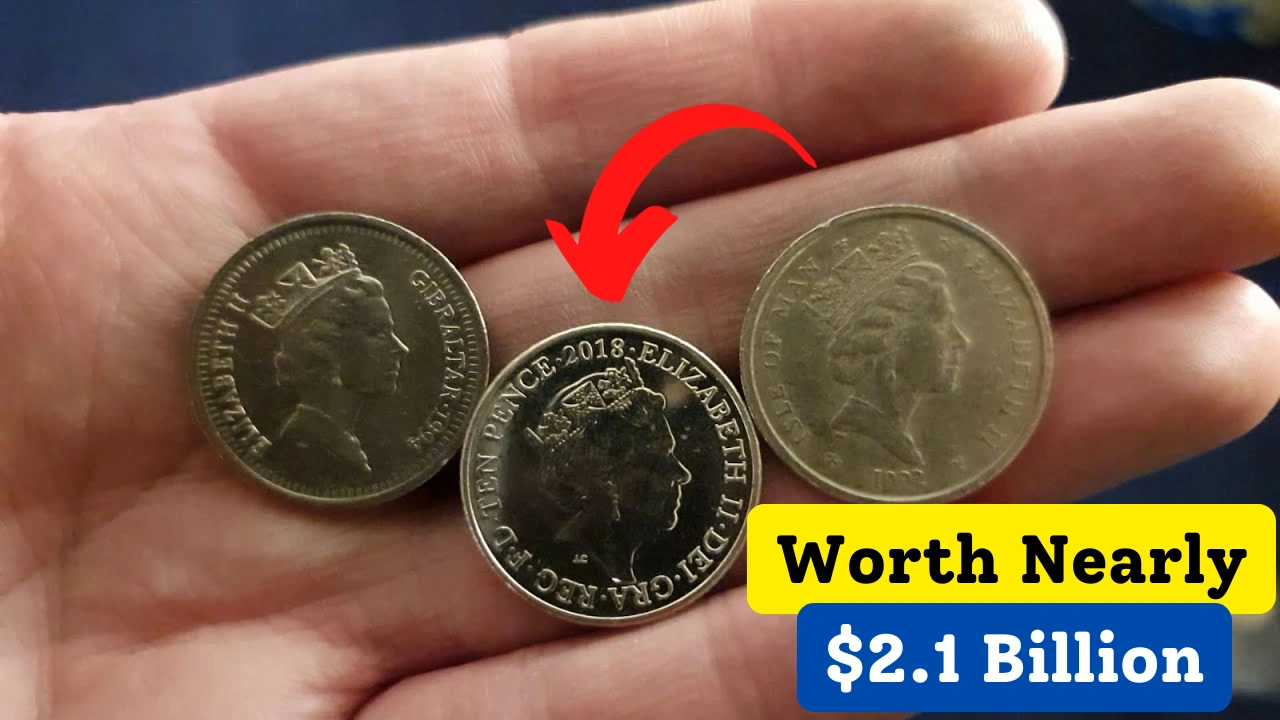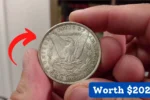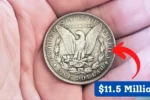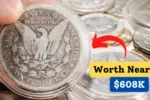The Lincoln Wheat Penny Worth Nearly $2.1 Billion: In the fascinating world of rare coins, there’s one story that continues to captivate imaginations: the case of a Lincoln Wheat Penny supposedly valued at an astronomical $2.1 billion. Though this price tag might sound like something straight out of a fairytale, it has sparked intense curiosity among collectors, investors, and numismatists alike.
So, what could make a single penny worth such a fortune? Let’s dive into the factors that might drive such a mind-boggling valuation.
The Historic Lincoln Wheat Penny
First minted in 1909, the Lincoln Wheat Penny was a game-changer in U.S. coinage. It marked a historic shift as the first American coin to feature the portrait of a sitting president, Abraham Lincoln. Created by artist Victor David Brenner, the design with Lincoln’s face and the wheat stalks quickly became iconic. The coin would go on to play a significant role in American currency, making it not just a piece of money, but a symbol of history.
What Could Make a Penny Worth $2.1 Billion?
A $2.1 billion penny is, without a doubt, a fascinating idea. For such a coin to reach this level of worth, it would have to be incredibly rare, in impeccable condition, and potentially carry some unique characteristics, such as a minting error that would set it apart from the rest. These elements could come together in an extraordinary confluence to elevate a penny to this mythic price range. While no coin has been confirmed to hold such value, the thought is enough to ignite wonder in collectors’ minds.
The Curious Case of Wartime Pennies
One of the most talked-about theories centers on the pennies minted during World War II. In 1943, due to metal shortages, the U.S. Mint transitioned from copper to steel for pennies. This switch meant that some copper pennies from this year were produced by mistake, and such errors are incredibly rare and valuable. These elusive copper 1943 pennies are often cited as potential candidates for extraordinary valuation, though none have been anywhere near the price of $2.1 billion.
Condition Is Key: Why Perfect Preservation Matters
For any coin to fetch a multi-billion-dollar price tag, it would need to be in pristine condition essentially untouched and free from any wear or damage. The professional grading system used by numismatists relies on a 70-point scale, with a perfect score of 70 indicating a flawless coin. If such a penny were discovered in this state, its value could increase exponentially, depending on its rarity and historical importance.
Could It Still Be Out There?
The idea that such a rare, valuable penny could still be in circulation seems almost too good to be true. After all, we’re talking about a coin from over a century ago. However, coins like these have been found in unexpected places, such as estate sales or old boxes tucked away in attics. The sheer number of Lincoln Wheat Pennies that have been minted and stored over the years means that there’s still the possibility of a hidden treasure out there waiting to be discovered.
Verifying the Impossible: Authentication Challenges
Should a penny of this magnitude surface, verifying its authenticity would be a monumental task. A team of experts would need to carefully inspect every detail, from the penny’s metallic composition to the minute features of its design. Cutting-edge technologies, like 3D imaging and spectroscopic analysis, would likely be used to ensure the coin’s legitimacy. This process would also help eliminate the risk of counterfeits, which have become a real concern in the numismatic world.
How This Story Affects the Coin Market?
While the idea of a $2.1 billion penny might be more fiction than reality, it’s had a powerful impact on the rare coin market. The mere possibility of such a discovery has sparked renewed interest in coin collecting. It serves as a reminder that even the most ordinary-looking pieces of currency could potentially be worth a small fortune, should the right circumstances align. The story also motivates collectors to examine their own coin collections more carefully.
Investing in Numismatics
For those who view coins as an investment, the story of this penny underscores the potential for rare coins to grow in value over time. While most collectors are unlikely to find a penny worth billions, many Lincoln Wheat Pennies are valuable in their own right. Some can fetch hundreds, even thousands of dollars, depending on factors like minting year, rarity, and condition. The market for rare coins has steadily expanded, proving that numismatics can be a lucrative field for savvy investors.
A Link to the Past
Beyond their monetary value, Lincoln Wheat Pennies are a tangible connection to American history. These coins have witnessed major historical events, from the Roaring Twenties to the Great Depression and beyond. For collectors and history buffs alike, these coins hold sentimental value, serving as little time capsules from eras gone by. Their worth isn’t just defined by their metal or design, but by the stories they carry with them.
What’s Next for the World of Rare Coins?
The possibility of finding a billion-dollar penny may seem improbable, but the story continues to fuel fascination with rare coin collecting. With each passing year, as fewer of these coins remain in circulation, their value could continue to appreciate. The tale of this mythical penny also encourages new generations of collectors to dive into the world of numismatics, perhaps uncovering their own hidden treasures along the way.
In conclusion, while the concept of a $2.1 billion Lincoln Wheat Penny may be more myth than fact, it highlights the allure and excitement that the world of rare coins offers. It reminds us that, in the world of collectibles, sometimes the most valuable discoveries are the ones we least expect.
Note: This article is purely speculative and for informational purposes only. The valuation mentioned is unverified, and coin values can fluctuate based on market trends, condition, and authenticity. Always consult a professional numismatist or certified coin dealer for accurate appraisals.





